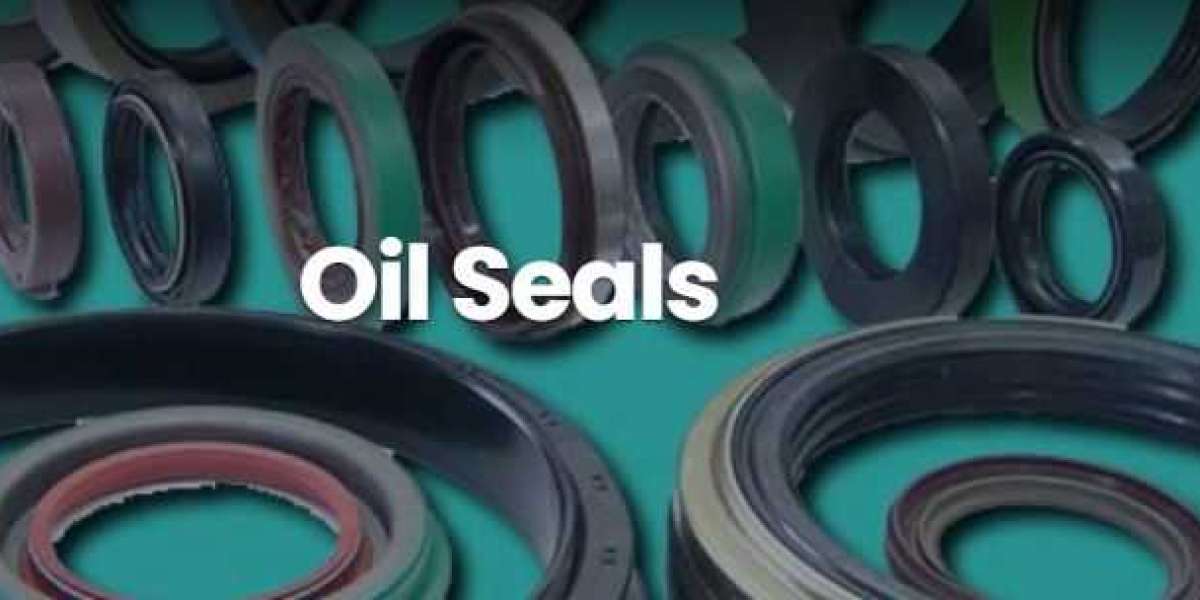The impact of chemical exposure on seals, specifically marine mammals like seals, can have significant consequences on their health and well-being. Seals are exposed to a variety of chemicals in their natural environment, including pollutants from industrial activities, oil spills, and agricultural runoff. Here are some key points to consider:
Bioaccumulation: Seals are at risk of bioaccumulating certain chemicals in their tissues. This occurs when chemicals from the environment are absorbed by an organism at a rate greater than they are eliminated. Persistent organic pollutants (POPs) such as polychlorinated biphenyls (PCBs) and organochlorine pesticides can accumulate in the blubber of seals, leading to long-term exposure.
Endocrine Disruption: Some chemicals, such as polychlorinated biphenyls (PCBs), can disrupt the endocrine system of seals. Endocrine disruption may interfere with reproductive processes, immune function, and overall health. This can have long-lasting effects on the population, affecting reproduction rates and the ability of seals to cope with environmental stressors.
Oil Spills: Seals are vulnerable to the impacts of oil spills. Oil can coat the fur of seals, reducing its insulating properties and making the animals more susceptible to hypothermia. Ingesting oil-contaminated prey can also lead to internal damage and affect the overall health of seal populations.
Impact on Prey Species: Chemical exposure can also affect the availability and health of prey species for seals. For example, pollution can lead to the bioaccumulation of toxins in fish and other prey, which, when consumed by seals, can result in further exposure.
Health Effects: Chemical exposure can cause a range of health issues in seals, including immune system suppression, reproductive problems, and developmental abnormalities in young seals. These health effects can weaken the overall resilience of seal populations.
Population Decline: The cumulative impact of chemical exposure on individual seals and their prey can contribute to declines in seal populations. This is particularly concerning for species that are already facing other threats such as habitat loss, climate change, and human disturbances.
Efforts to mitigate the impact of chemical exposure on seals involve regulating and reducing the release of pollutants into the environment, monitoring contaminant levels in seal populations, and implementing conservation measures to protect critical habitats. International cooperation is often crucial, as many seal species have wide-ranging distributions that span multiple countries' jurisdictions.
See more








